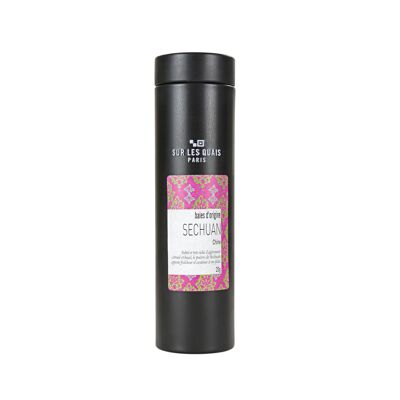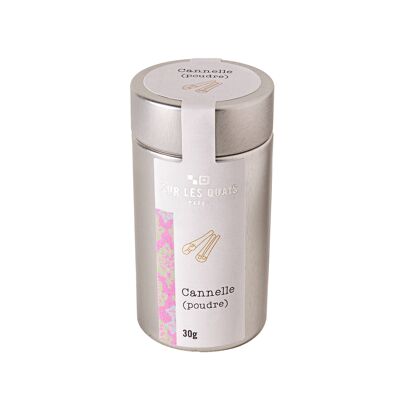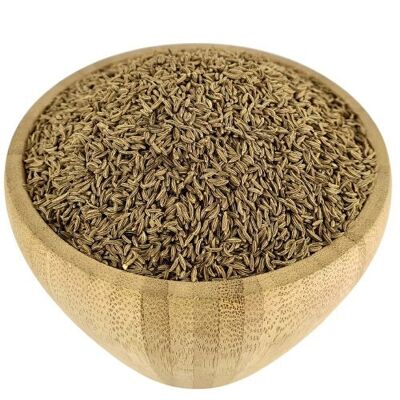


With its taste similar to cumin, many people confuse them, but be careful, they are two very distinct plants. Caraway is also characterized by notes of fennel, green anise and dill. Caraway – carum carvi is its botanical name – is a small biennial plant that produces blackish seeds. It grows wild in rather harsh climates, both in Northern and Eastern Europe. Its aromatic and subtle fragrance is reminiscent of anise. Its geographical origin explains why this spice is used in Hungarian culinary traditions: goulash, the delicious körözött cheese (with paprika and caraway) and meat stews in particular.... Caraway is also used in northern and eastern European cuisines such as Germany, Austria, Holland, but also in France and Alsace. Cumin –cumimum cymimum– is a very distinct plant. It is mainly cultivated in India and around the Mediterranean. The seeds are yellowish in appearance and their aroma is much more powerful than that of caraway. Cumin is found in all North African and Middle Eastern recipes: couscous, tagines, falafels, tchouchoukas, etc. Caraway seeds provide a more subtle flavor than the powder, making them ideal for dishes with sauce. However, if you want a stronger flavor, you can heat your caraway seeds in a dry frying pan over high heat, stirring constantly to prevent them from burning. This roasting of spices is very effective in multiplying the aromas. Then grind in a blender or coffee grinder. Caraway goes very well with all kinds of meats: game, pork, mutton, goose, red and white meats such as turkey and chicken. Ground caraway can also be used in many oriental dishes: carrot purée, oriental-style chickpeas, or to make homemade harissa by mixing caraway with chili purée. Furthermore, it's an essential spice as a condiment to accompany certain cheeses such as Munster or Gouda! Finally, it is a spice that resists cooking very well, so it is perfect in a marinade, a simmered dish or in a sauce.Origin: Egypt



































